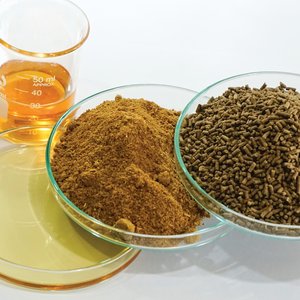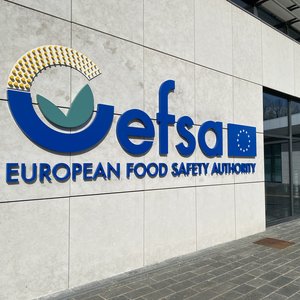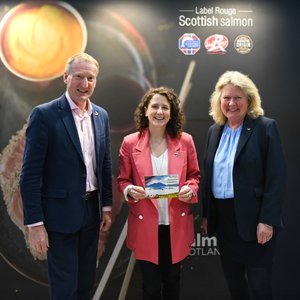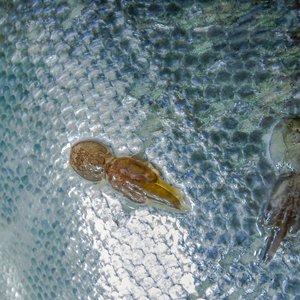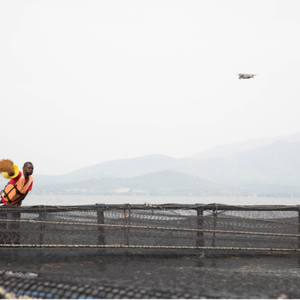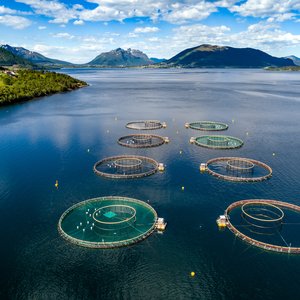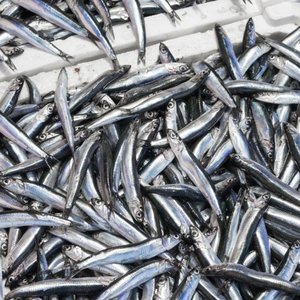Copra meal is often considered a waste. But to Dr. Laura Pham, a chemist and food scientist, copra meal is a gem when it is processed and enriched with protein and mixed in animal feeds, making the livestock and fish healthy for human consumers.
Copra is the dried coconut meat that is used in the extraction of coconut oil.
“What we do in bioprocessing is to increase the protein content and decrease the fiber content so that the copra meal becomes digestible when mixed in the diets or feed formula of livestock and fish,” she said.
She said copra meal has a high-fiber content, which is not easily digestible by animals when mixed with the feeds. It has also contamination from aflatoxin, a harmful copra chemical, and nutritional contents that are not balanced and, therefore, need processing so that protein emerges.
Pham has done research and studied the benefits of protein-enriched copra meals (PECM) to animal feeds in livestock to boost the development of the country’s poultry and swine industries.
The current addition to her study is fish, specifically freshwater tilapia, bangus (milkfish) and shrimp that are the subjects of her ongoing field trial.
She explained that the bioconversion process is done by treating copra meal with microorganisms.
The copra meal is regrinded to make it powdery, then treated through steps of sterilization, inoculation, drying and solid-state fermentation within five to seven days. Drying alone will take two days at 70 degrees Celsius temperature. This is done in batches.
The inoculation of live microorganisms in the copra meal releases enzymes and other components that break down the copra meal-fiber content and increases its protein content.
The meal has a one-year shelf life with correct storage at room temperature and colder. Otherwise, it will grow and be rendered unusable.
“I really want to boost the technology for our livestock and aquaculture industries,” she said, stressing that, if this happens, it will be a chain reaction, not just in the animal-to-human consumer line, but in the use, production and sale of products.
“We can sell cheaper products with higher protein, and we can compete with other countries. This can be used by farmers all over the Philippines, so their products will become better too.”
Source: BusinessMirror // Original Article


